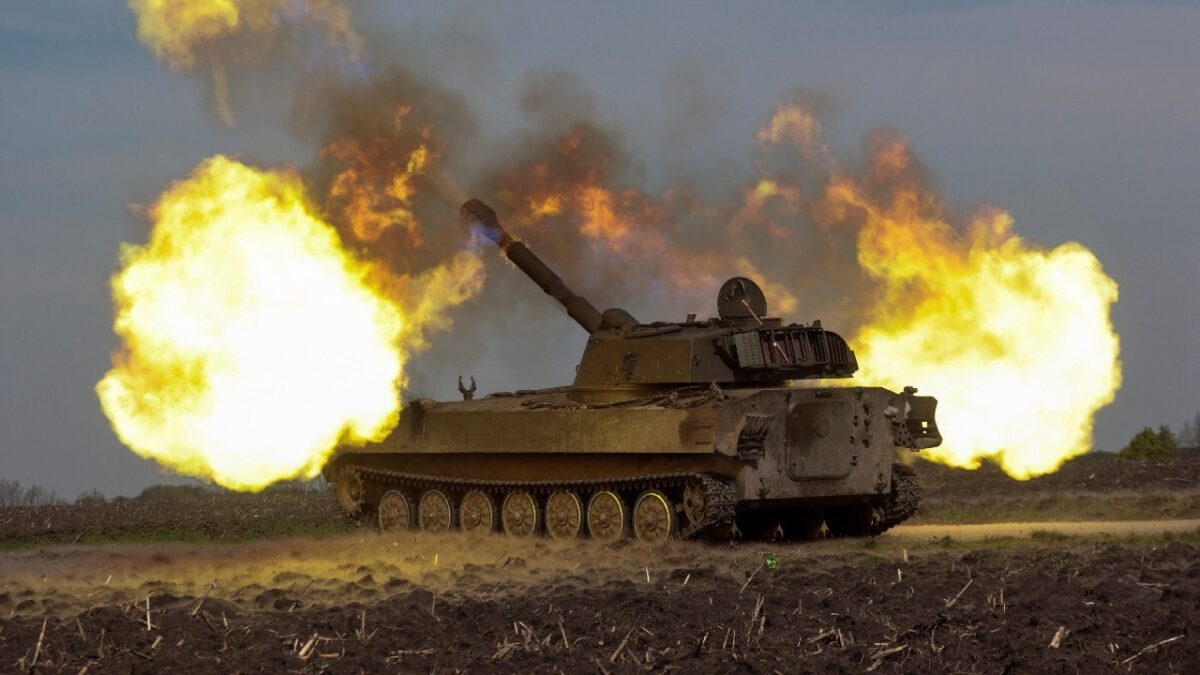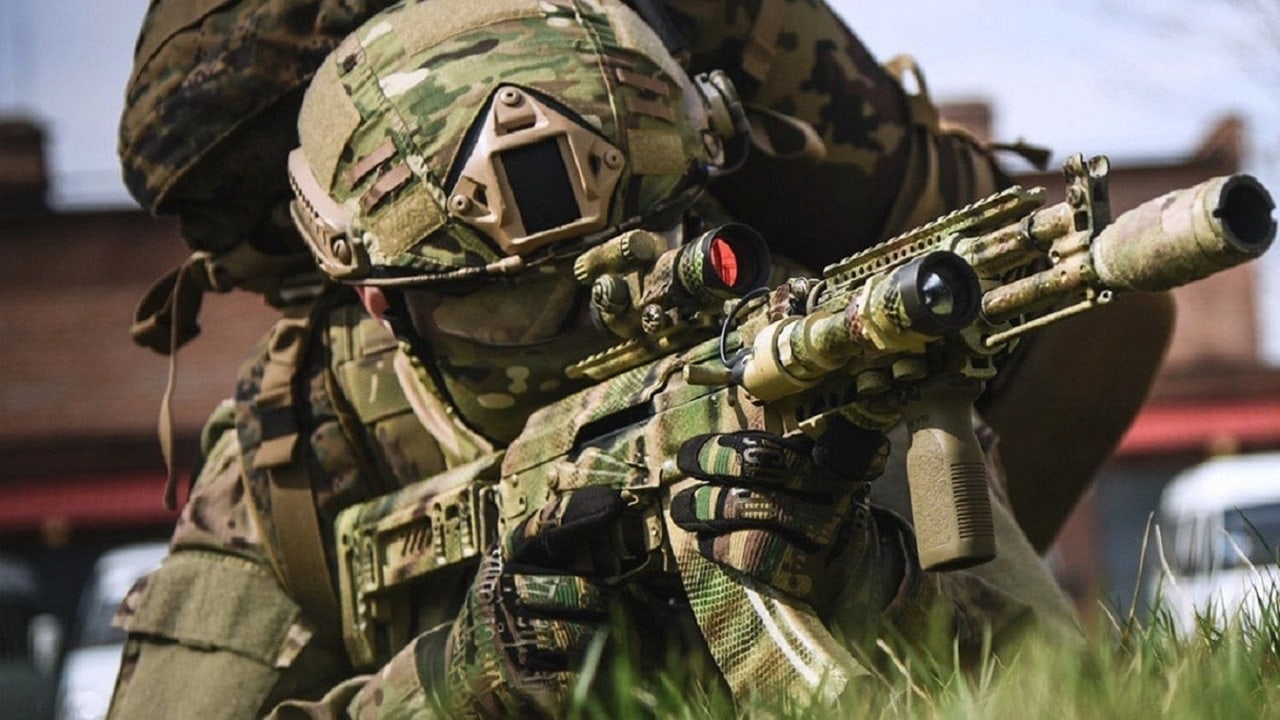IAEA Says Ukraine’s Zaporizhzhia Plant Needs Safe Zone – On Friday, the International Atomic Energy Agency confirmed that Ukraine’s Zaporizhzhia nuclear power plant – the largest plant of its kind on the continent – had once again lost access to the national electrical grid. Officials said that the plant lost access to the grid as a result of shelling in a neighboring city that caused damage to the local electrical infrastructure.
While the plant has lost access to the power grid twice before, IAEA Director-General Rafael Grossi, who recently led a mission at the facility to ensure safety across the entire plant, warned that this time is different. Grossi said that the plant’s operators were struggling to securely reconnect the reactors to their power source, putting the safety of the facility at risk.
“Enerhodar has gone dark,” Grossi said. “The power infrastructure feeding the city of Enerhodar, home to the NPP’s [nuclear power plant] operators and their families, has been destroyed by shelling.”
Zaporizhzhia: Catch-22 in Ukraine
The nuclear power plant now faces a catch-22 situation. While the Ukrainian plant operators still working at the plant could evacuate for their own safety if the shelling continues, they would then be leaving the plant short-staffed. Grossi warned that leaving the plant short-staffed posed another danger to the facility and that immediate steps are now required to ensure the safety of the facility.
Specifically, Grossi called for the total demilitarization of the plant – something international leaders have been demanding for several months already. The Kremlin has repeatedly refused to comply with demands from world leaders, insisting that its soldiers must maintain a military presence at the facility to protect against Ukrainian shelling.
IAEA’s Report Demands Urgent Action in Zaporizhzhia
The shelling around the Zaporizhzhia facility comes only a day after the IAEA released a report outlining the threats posed to the facility by the ongoing conflict in Ukraine. The long-awaited report, which comes after a fact-finding mission to the facility by IAEA experts, says that the facility is “skating on thin ice” unless the shelling on and around the plant comes to an end.
But Russia won’t comply.

Ukrainian service members fire with a self-propelled howitzer 2S1 Gvozdika, as Russia’s attack on Ukraine continues, in unknown location in Kharkiv region, Ukraine May 7, 2022. REUTERS/Serhii Nuzhnenko
In August, Russia called a proposal by the United Nations to demilitarize the plant “unacceptable.” The plan was roundly dismissed by Russian Foreign Ministry spokesman Ivan Nechaev following a proposal by United Nations Secretary-General Antonio Guterres to rid the plant of all military personnel, equipment, and weapons.
Russia has maintained a permanent presence at the facility since March, and reports suggest that the Kremlin is working to disconnect the plant from the national grid and redirect the electricity it generates to Russian-occupied parts of the town. However, with Ukraine’s counter-offensive in the southeast proving more effective by the day, there may not be many Russian-occupied territories left in the coming weeks.
Jack Buckby is a British author, counter-extremism researcher, and journalist based in New York. Reporting on the U.K., Europe, and the U.S., he works to analyze and understand left-wing and right-wing radicalization, and reports on Western governments’ approaches to the pressing issues of today. His books and research papers explore these themes and propose pragmatic solutions to our increasingly polarized society.

